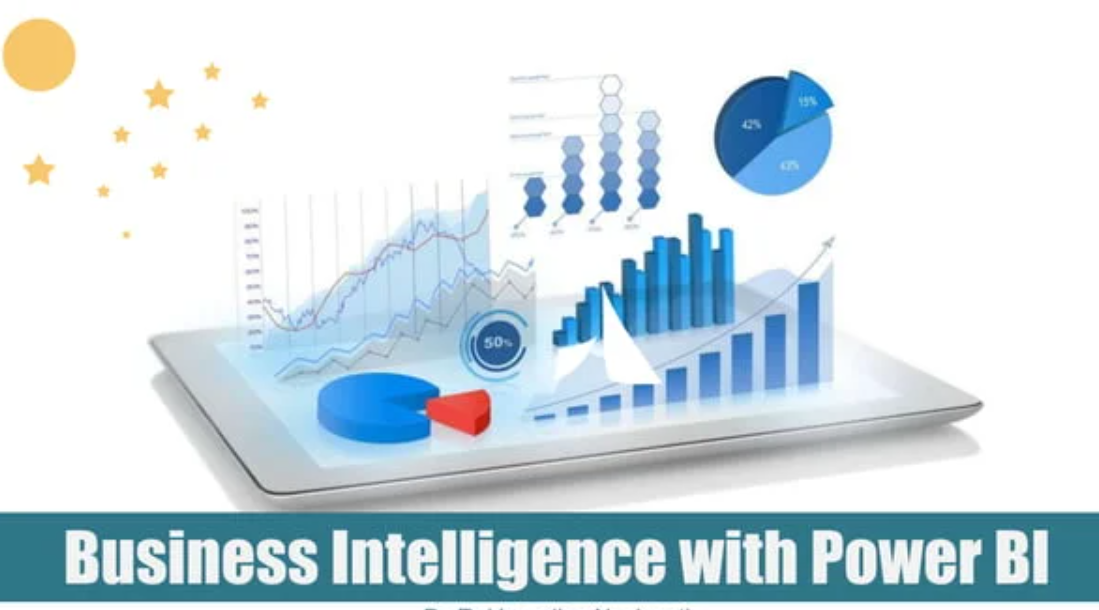Business intelligence (BI) refers to the use of software and technologies to analyze data and transform it into useful information that can be used to make better business decisions. Unlocking the power of BI can give organizations a competitive edge by enabling them to quickly identify opportunities and take action. This comprehensive guide will explain what BI is, its benefits, and how to get started.
Business intelligence is a powerful tool that can help organizations make better decisions, increase efficiency, and gain a competitive advantage. By following the steps outlined in this guide, you can start unlocking the power of BI and using it to achieve your business goals. Remember that BI is an ongoing process, so make sure to regularly review and refine your approach to ensure that you’re getting the most out of your data.
To ensure the success of your BI initiatives, it’s important to have a strong data management strategy in place. This involves identifying data sources, ensuring data quality, and establishing data governance policies. By doing so, you can ensure that the insights generated by your BI tools are accurate and reliable.

In addition, it’s important to ensure that your organization has a culture that values data-driven decision-making. This involves providing training to employees on how to use BI tools, promoting a data-driven mindset, and encouraging collaboration across departments.
What is Business Intelligence?
Business intelligence refers to the process of collecting, analyzing, and transforming data into actionable insights. BI tools allow users to access and analyze data from multiple sources, such as databases, spreadsheets, and social media, to help them make informed decisions. BI also involves the use of data visualization tools to help users better understand the insights that they have generated.
Benefits of Business Intelligence
Business intelligence can provide several benefits to organizations, including:
- Improved decision-making: BI enables decision-makers to quickly access and analyze data, making it easier for them to make informed decisions.
- Increased efficiency: BI can help organizations streamline processes and reduce costs by identifying areas where processes can be optimized.
- Improved customer satisfaction: BI can help organizations gain insights into customer behavior and preferences, allowing them to create more targeted marketing campaigns and improve customer service.
- Competitive advantage: By providing organizations with valuable insights, BI can help them stay ahead of their competitors.
Getting Started with Business Intelligence
If you’re interested in unlocking the power of BI for your organization, here are a few steps to get started:
- Identify your business goals: Before you can start using BI tools, you need to identify the specific goals that you want to achieve.
- Define your KPIs: Key performance indicators (KPIs) are metrics that are used to measure the success of your business. Define which KPIs are most relevant to your goals and start tracking them.
- Gather your data: Once you’ve identified your KPIs, you need to start gathering data from various sources, such as your CRM, social media, and website analytics.
- Choose your BI tools: There are several BI tools available on the market, each with its own set of features and capabilities. Choose the tool that best suits your needs.
- Analyze your data: Once you’ve gathered your data and chosen your BI tool, you can start analyzing your data to generate insights that can help you achieve your business goals.
Conclusion
Finally, it’s important to regularly review your BI initiatives to ensure that they are meeting your business goals. This involves monitoring KPIs, identifying areas where improvements can be made, and adjusting your approach accordingly.
In conclusion, unlocking the power of business intelligence requires a strategic approach that involves identifying business goals, defining KPIs, gathering and analyzing data, choosing the right BI tools, and establishing a strong data management strategy. By following these steps, you can gain valuable insights that can help your organization make better decisions, increase efficiency, and stay ahead of the competition.
It’s worth noting that BI is not a one-size-fits-all solution. The specific BI tools and techniques that work best for one organization may not be suitable for another. Therefore, it’s important to take the time to evaluate different BI solutions and choose the ones that align with your specific business needs and goals.
Moreover, BI is not a static process. As your business evolves, so too must your BI strategy. You should regularly review your BI initiatives, identify areas for improvement, and make adjustments accordingly. This may involve redefining your KPIs, updating your data sources, or adopting new BI tools.
Overall, unlocking the power of business intelligence requires a holistic approach that involves people, processes, and technology. By building a data-driven culture, establishing a strong data management strategy, and leveraging the right BI tools, you can gain valuable insights that can help your organization thrive in today’s competitive business landscape.